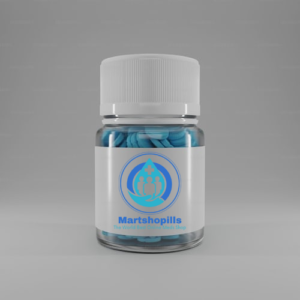Description
Mexedrone
Mexedrone is a synthetic stimulant drug that belongs to the cathinone class. It is structurally similar to MDMA (ecstasy) and shares some similar effects, but it has gained popularity as an alternative to MDMA due to its lower cost and availability on the black market.
History
Mexedrone was first synthesized in 2012 by Japanese researchers as a potential antidepressant. However, it was never approves for medical use due to its potential toxicity and potential for recreational use.
Structure and Properties
Mexedrone has a molecular formula of C15H21NO3 and a molecular weight of 273.35 grams per mole. It exists as an off-white powder which can be snorted, ingested, or injected.
Effects
Mexedrone acts as a stimulant and is reported to have similar effects to MDMA. Users may experience increased feelings of euphoria, empathy, and heightened sensations. However, it is important to note that the purity and dosage can vary, leading to variations in effects.
Risks and Side Effects
Mexedrone use carries inherent risks, including the potential for adverse health effects. Some potential side effects include:
– Increased heart rate and blood pressure
– Nausea and vomiting
– Sweating
– Dehydration
– Loss of appetite
– Irritability
– Paranoia
Legal Status
Mexedrone is illegal in most countries and is considered a controlled drug. Its possession, sale, and use can lead to legal consequences. It is important to be aware of the legal status of the drug in your specific jurisdiction before considering any use.
Conclusion
Mexedrone is a synthetic stimulant drug that has gained attention as an alternative to MDMA. While it may have similar effects, it is important to be aware of the potential risks and legal status associated with its use. Exercise caution and seek professional medical advice if necessary.




Reviews
There are no reviews yet.